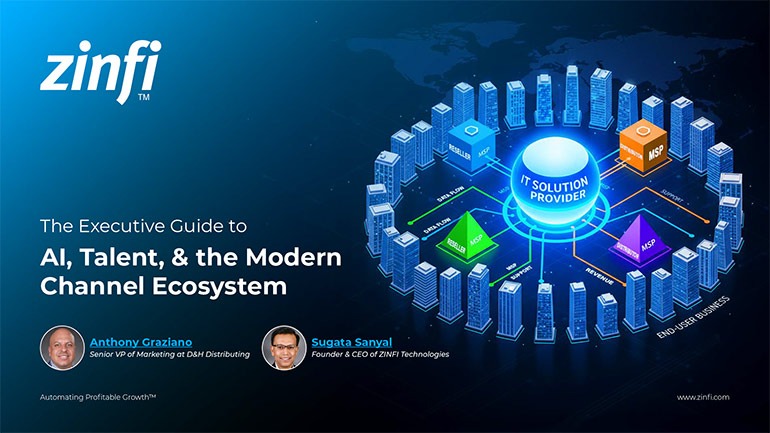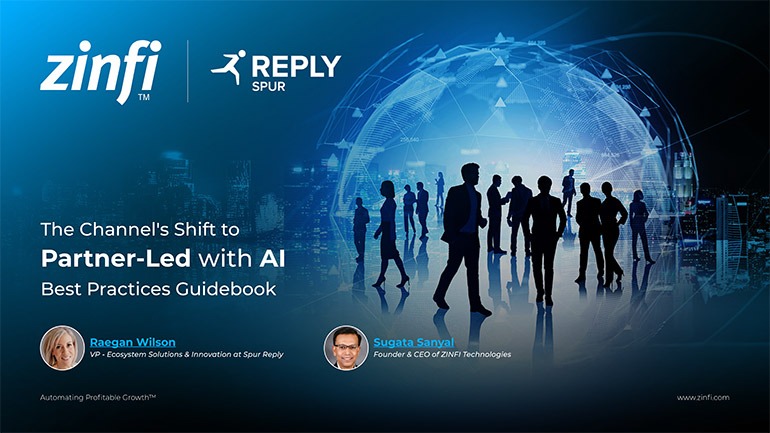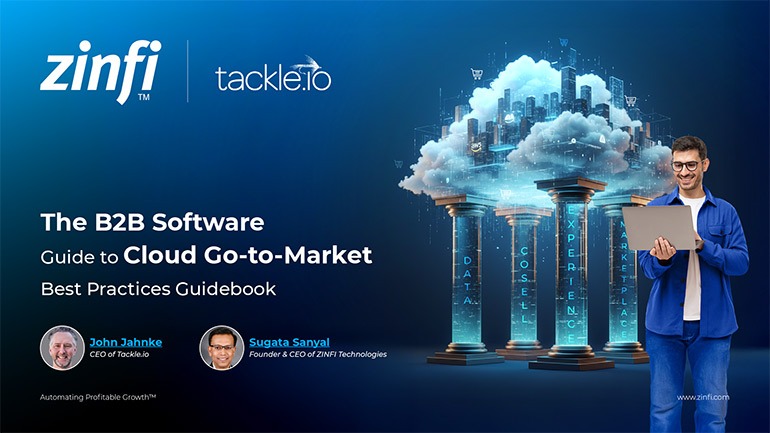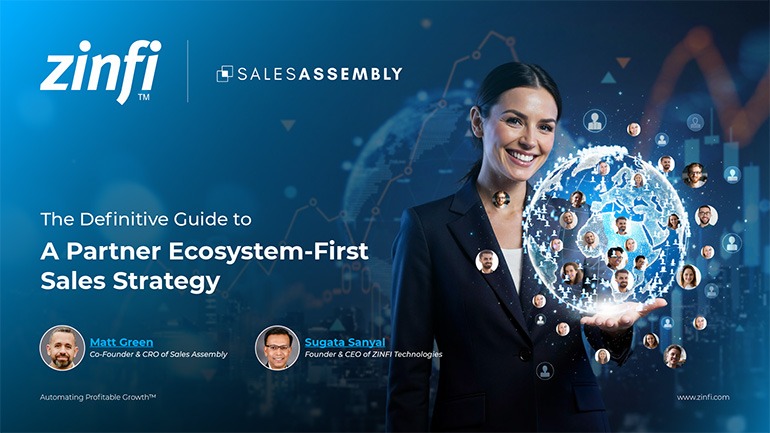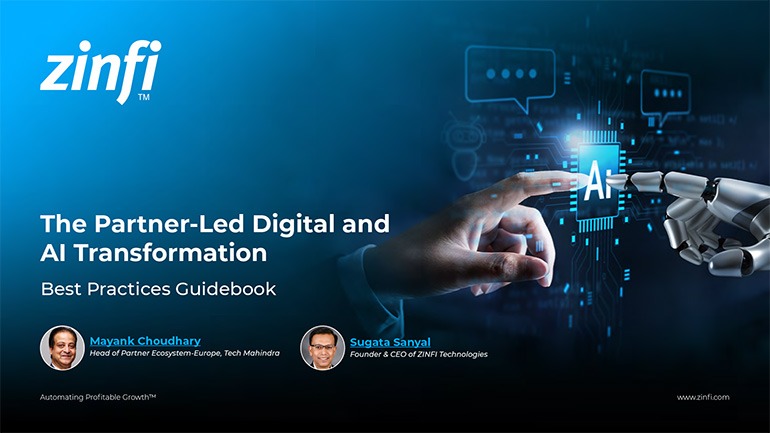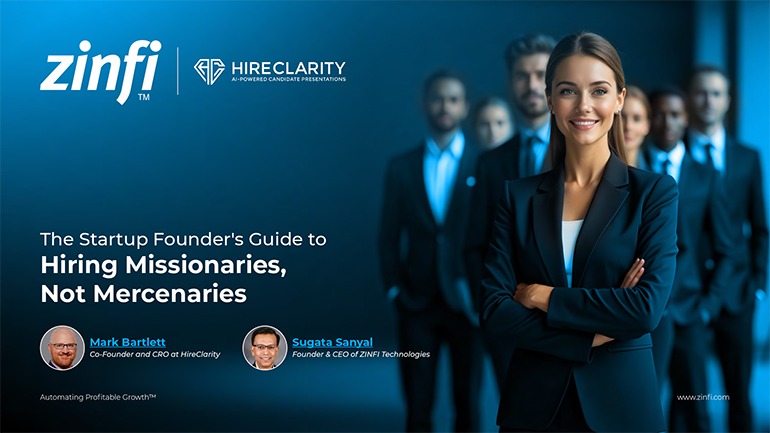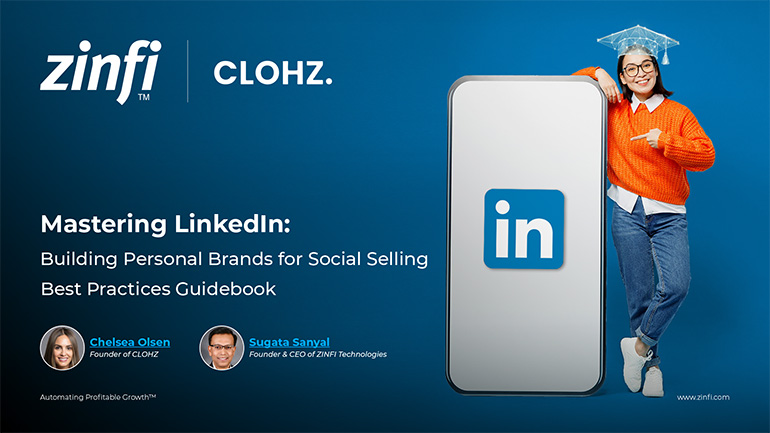The discussion opens with Chelsea Olsen's unique journey into what is now known as Social Selling, a path she embarked upon in 2010 by leveraging LinkedIn primarily for booking meetings. Initially, her methods blended traditional cold outreach tactics like cold calling and direct mail, with LinkedIn as a crucial tool for identifying and connecting with prospects. She used the platform to put "a face to the name" during cold outreach, a rudimentary yet effective strategy in the early days. However, the landscape of B2B sales has significantly evolved over the past eight years. Chelsea realized the paramount importance of content in the buyer's journey only a "couple of years ago" or "maybe like three years ago," marking a significant shift in her approach. The role of content has become increasingly central, transforming LinkedIn into a platform that supports and amplifies all cold outreach efforts.
This realization stemmed from a noticeable decline in cold outreach conversion rates by late 2022 and early 2023. The widespread adoption of AI and automation led to rampant spamming, rendering once-effective tactics less potent. This forced Chelsea to step back and re-evaluate her strategy, leading to the discovery that today's buyers are vastly different. Modern B2B buyers conduct 70% of their purchasing research before engaging with a sales representative. Furthermore, during this critical research phase, they consume a significant volume of information, at least 13 pieces of content. Understanding this fundamental shift highlighted what both her teams and she, as a founder, were missing: the crucial element of content. This new understanding underscored that effective Social Selling in the current environment demands a robust and well-thought-out content strategy that caters to the buyer's self-directed research phase.
The pivotal change for Chelsea involved actively posting on LinkedIn, but with a strategic understanding of "how to create content for LinkedIn" specifically. She emphasizes that simply posting to post is ineffective, as she experienced years of content creation without engagement or results. Her focus remained solely on LinkedIn, avoiding other platforms like Instagram or Twitter, believing that a singular focus on one platform can be highly effective for many businesses in supporting their sales teams. This dedicated approach to mastering LinkedIn's unique content rules became the cornerstone of her updated Social Selling playbook, shifting from merely leveraging the platform for relationships and pre-qualification in DMs to actively shaping the buyer's perception through credible and problem-solving content.

